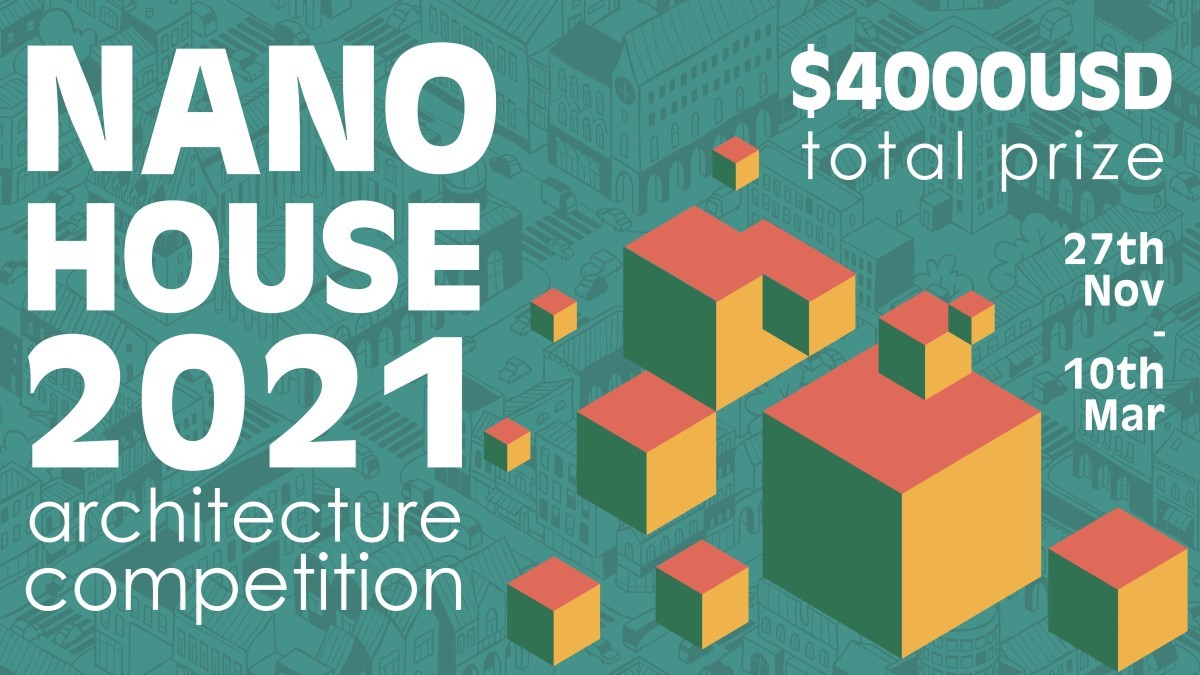A “home” is a space that is intimate to all. Apart from being our haven, a home goes beyond its everyday function of being a shelter for its users and their activities; it connects with each of us on an emotional and personal level.
Our Humble Adobe has witnessed transformations with rapid advancements in technology, the rise of efficient spaces, environmental and financial concerns, and the growing needs & desires of the people living in them.
Homes today are versatile entities – doubling up as offices, play areas, work-out zones, spaces for interaction and recreation. From big cities to small towns to tiny rural villages, each culture is influenced by its history, politics, economy, and resources in how they define a home. That being said, there are a few common traits of an ideal home that we can all aspire to.
OPPORTUNITY:
"Architects have had the prowess to influence society, human relations, and interactions in innumerable ways through a built space." Establishing a dialogue between the built form (in this case the home), The Users, and the context where it sits in influencing the spatial experience and how one views its surrounding environment.
With the Home being at the epicenter of our human lives molding minds in an undeliberate (Unconscious) manner, An Archetype that is the bedrock of how we view things around us. With the environmental and financial setbacks that we face today in the dawn of a new pandemic age, the desire to have more freedom has led people to follow simpler and efficient ways of living.
Today, the home has become our shield – protecting its inhabitants from a virus, while providing them with the necessities for survival. Now with everyone spending almost all of their time indoors, this scenario has presented designers with an opportunity to redefine the idea of “home”.
This coupled with an urge to reduce their footprint has sparked up a small-scaled house movement around the world, one which does not only reduce the pressure o our resources at the same time is versatile to fulfill all the needs and desires of its Users creating an experience like no other.
CHALLENGE:
We invite you to design a small-scaled HOME for 2 working individuals of any age group optimized for spatial efficiency to fulfill all the needs of its users. The designed home should not exceed an area restriction of 300 sq. ft built-up with spatial adaptability and versatility at the crux of the design to optimize space efficiency.
Participants are required to anticipate and provide for the needs that the users may need in the unseen future and also spatially accommodate guests and pets. The designed home can sport versatile makeshift temporary yet comfortable spaces for functions that are not core to the home.
Being a home that is aimed to reduce the impact on the environmental and financial resources we encourage participants to visualize a completely off-the-grid solution incorporating smart technologies promoting sustainability and environmental equilibrium.
The Designed solution has to be larger than life with not with its size but with the impact that it casts on its users and whoever witnessing the space and the functions must include and not be limited to – Living Space| Kitchen | Sleeping area for 2 | Bathing| Space for Working | Recreational spaces | Any other functions that you feel can enhance the space.
The Designed proposal can be a model centered to be a versatile module that can be replicated, moved, or assembled with minimal modifications to different locations in the world or as per specific site context.
Participants are free to decide their approach however would be required to justify the same. Client Interaction is one of the critical components of the design proposal. For this competition, entrants may assume an individual, couple, or a genre of people, based on the design concept.
SITE SELECTION:
As there is no specified competition site, project designs can be set within any hypothetical site of any size, in either a city or countryside location anywhere in the world. The jury would be judging the entries on-site justification.
AWARDS:
Prizes of total USD 4000, broken as follows.
1st prize USD 2000 + Certificate + Publication
2nd prize USD 1200 + Certificate + Publication
3rd prize USD 800 + Certificate + Publication
10 Honourable mentions: Certificates
Winners and Honourable Mentions will be published on the Volume Zero website and several international architecture and design magazines.
To show our appreciation, all the participants would receive a participation certificate.
SCHEDULE:
Early Bird Registration Starts: 27th November 2021 to 27th January 2022
Standard Registration: 28th January 2022 to 04th March 2022
Last Day for Queries: 28th February 2022
Submission: 10th March 2022
Winners Announcement: 12th May 2022
FEES:
Early Bird Registrations:
Participants from India: 1800 + 18% Tax (per team)
Participants from other countries: USD 70+ 18% Tax (per team)
Regular Registrations:
Participants from India: 2400 + 18% Tax (per team)
Participants from other countries: USD 85 + 18% Tax (per team)
ELIGIBILITY:
We invite everyone, irrespective of their professions or qualifications, to join the competition and present their ideas. No professional qualifications are necessary.
